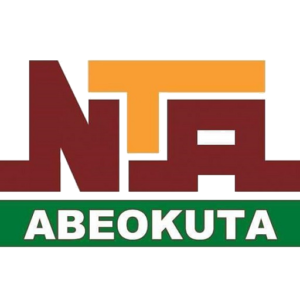The revolution led by artificial intelligence techniques has penetrated into our institutional practices in all its sectors and levels, whether in the stages of establishment, the stages of growth, or even the stages of sustainability, as these technologies have become contributing to the promotion of many of the practical project management practices, until these practices have become in a continuous development equivalent to the continued development of these technologies. Artificial intelligence is no longer just an auxiliary technical tool, but rather an authentic element that contributes to redefining the responsibilities of project managers, and essentially leads to a fundamental shift in the methods of planning and optimal allocation of resources, implementation, follow -up, prediction analysis and decision -making of accurate data.
SAS Business Services issued a report on the future of “AI Management Management” in cooperation with Global Project Management Forum (Global Forum for Project Management) that highlighted the deep shift in project management, and highlighted how artificial intelligence tools became a strategic partner in implementing project implementation, not only in data analysis and reporting reports. The report showed that 70% of large institutions began to integrate artificial intelligence tools into the life cycle of their projects, as he explained that tools such as Copilot, Wrike, Notion, and HIVE are able to automatically reschedule tasks, risk analysis, and generate professional performance reports without human intervention as well as the most prominent concept of “IPMO Management Office” that has redraw the relationship between planning Implementation, linking operational data to strategic decisions in the actual time.
One of the most important artificial intelligence applications in project management:
– Preparing time plans automatically depending on previous project data such as Microsoft Copilot.
– Design smart and attractive presentations without manual intervention such as Gamma and beutiful.ai.
– Performance analysis and risk prediction before it occurs, such as Wrike Intelligence and Forecast.
– Restriction of tasks automatically according to priorities and distribution of voltage, such as Motion and Skingpal.
Documenting meetings and automatically identifying tasks such as tactiq.
– Automation of repeated tasks and complementarity between systems such as Zapier and Make.
Monitor the team’s burdens and distribution of tasks based on performance such as Asana Intelligence.
– Generating professional documents and reports from simple notes such as Notion AI and ChatGPT.
All of the aforementioned indicates that the techniques of artificial intelligence are no longer complementary tools, but rather a systematic executive tools necessary to establish and grow more flexible, effective, efficient and sustainable institutions, and no institution is inevitable to realize the strength of its impact on the success of these institutions and the certainty of the inevitability of keeping pace with them so that they do not fail to compete and stay in their circle.






